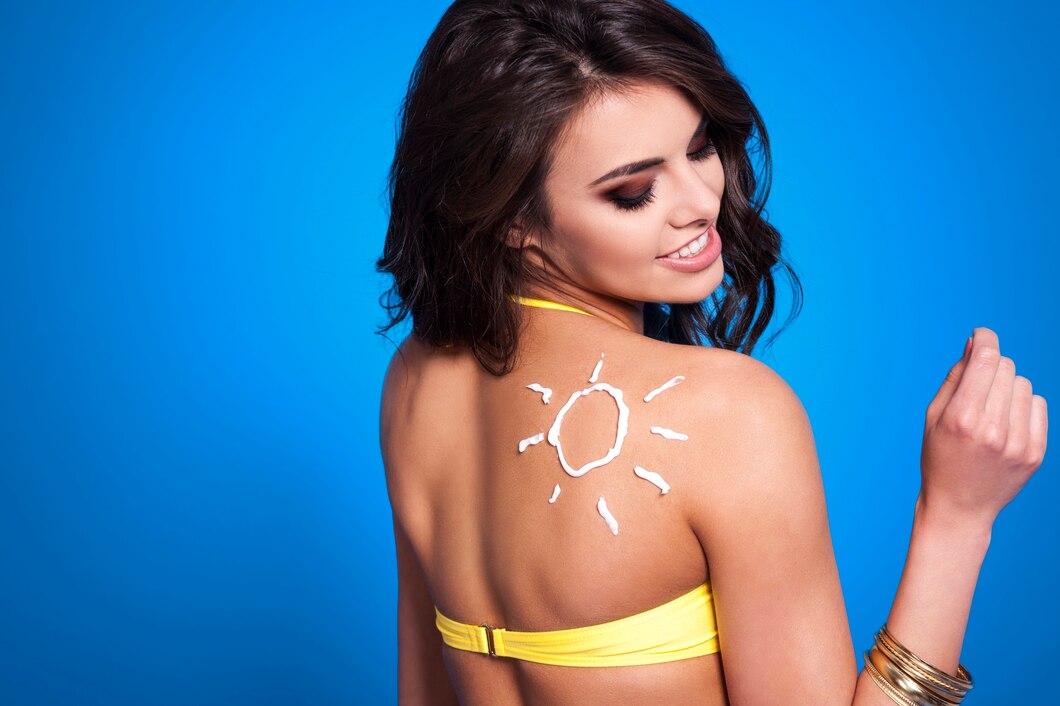Sunscreen is a crucial tool in our defense against the harmful effects of ultraviolet (UV) radiation from the sun. However, for sunscreen to be truly effective, proper application and understanding its features are essential. In this article, we’ll explore key tips to ensure your sunscreen provides optimal protection and helps prevent sunburn.
1. Choose the Right Sunscreen:
- Select a broad-spectrum sunscreen that protects against both UVA and UVB rays.
- Check the Sun Protection Factor (SPF) rating. SPF 30 is generally recommended, but higher SPF values provide increased protection.
2. Apply Generously and Reapply:
- Use enough sunscreen to cover all exposed skin. The average adult needs about one ounce (enough to fill a shot glass) to cover the body adequately.
- Reapply sunscreen every two hours, or more frequently if swimming or sweating heavily.
3. Timing Matters:
- Apply sunscreen at least 15–30 minutes before sun exposure to allow it to absorb into the skin properly.
- Don’t forget to apply sunscreen on overcast days. UV rays can penetrate clouds and cause sunburn.
4. Don’t Miss Key Areas:
- Pay attention to commonly overlooked areas, such as the ears, back of the neck, tops of feet, and scalp (if not covered by hair).
- Use lip balm with SPF to protect your lips.
5. Water-Resistant Sunscreen:
- If you’ll be swimming or sweating, opt for a water-resistant sunscreen. However, even water-resistant sunscreens should be reapplied after swimming or excessive sweating.
6. Be Mindful of Expiry Dates:
- Check the expiration date on your sunscreen. Expired sunscreen may not provide adequate protection.
7. Sunscreen and Makeup:
- If using makeup, consider products that contain SPF for added sun protection. However, don’t rely solely on makeup for sunblock.
8. Sunscreen for Different Activities:
- Choose a specific sunscreen for different activities. Sport sunscreens are formulated to withstand sweat, while face sunscreens are often designed to be lightweight and non-comedogenic.
9. Clothing as Sun Protection:
- Wear protective clothing, including hats, sunglasses, and long-sleeved shirts, in conjunction with sunscreen for comprehensive protection.
10. Sunscreen for All Ages:
- Ensure you have sunscreen suitable for all age groups, including children. Children’s skin is often more sensitive, and specialized sunscreens cater to their needs.
The effectiveness of sunscreen in preventing sunburn lies not just in the product itself, but in how it’s applied and integrated into your sun protection routine. By following these tips and being diligent about sun safety, you can enjoy the outdoors with reduced risk of sunburn and long-term skin damage.








